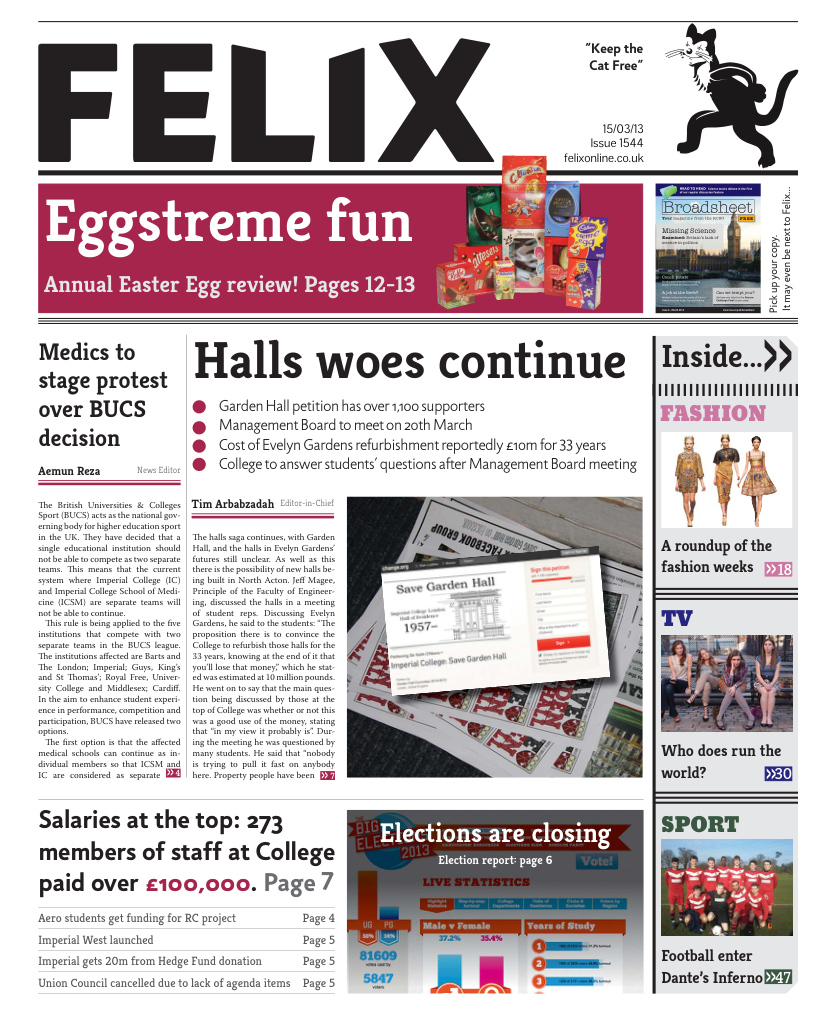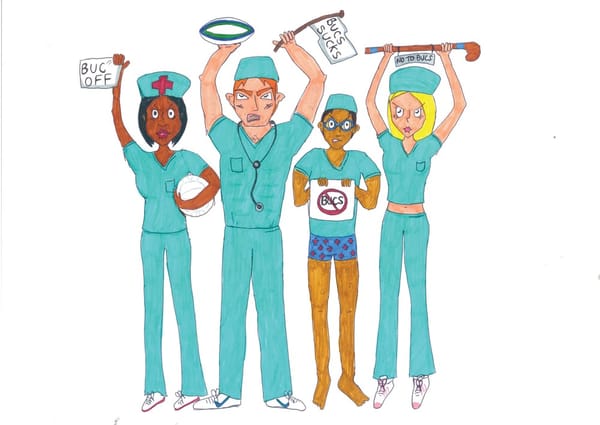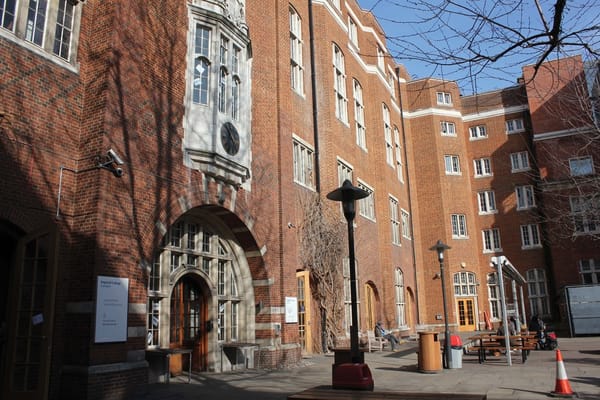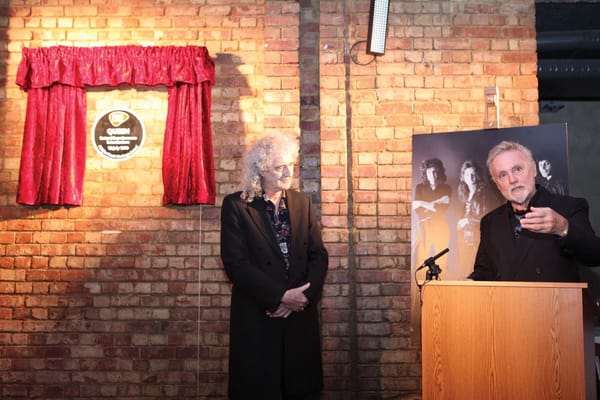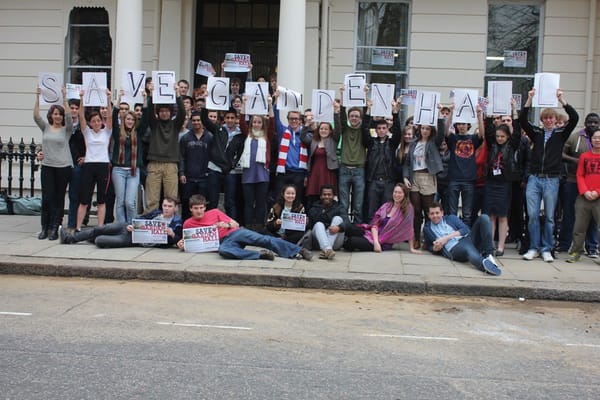Caffeine Culture
Kate Pumphrey takes you on a tour of coffee

There are prices you pay for obsessions, and mine is a small, daily coronary. This occurs at some point between the hours of 10.40 and 11.30am and, like most heart conditions, is usually triggered by anxiety, stress and/or over-indulgence.
First, the anxiety. This begins to mount the moment I have arrived at the venue for the day’s hit and placed my order. Initially, the apprehension is a case study in twenty-first century neuroses. Have I been precise enough with my request (“a small soya flat white with two shots” perhaps, or “a medium-blend filter with warm full-fat milk on the side”) or, conversely, have I been so precise that the barista might, reasonably, hock in the milk? I scrutinise the hapless Spaniard/PhD student/future Oscar winner across the counter, and try desperately to read the (strictly metaphorical) tea leaves.
The French philosopher Voltaire reportedly drank fifty cups of coffee a day
The personality profiling gives way to other concerns as I tend to the plight of the milk: has it been taken cold from the fridge or (horrors!) is a tepid pitcher being reheated? How high has it been filled and how low has the steaming arm being thrust? Is a thermometer being used, and if not, how attentively is the heat being monitored? The cruelty of an ill-attended jug! I empathise with that scalded milk like it’s a fourteenth century heretic at the stake.
By the time the milk is ready to be poured I’m at the clammy-handed, sweat-between-the-breasts stage that Tesco directors must experiencewhen receiving the DNA results of their beef burgers. How fast, how close to the lip of the mug, how deep from the base of the pitcher, whether wrist or hand is being used to slalom the milk… in such crucial details lie the destiny of the brew.
"The powers of a man's mind are directly proportionate to the quantity of coffee he drinks" Sir James Mackintosh, philosopher
If anxiety and/or stress have not done me by this stage, it may be coffee worthy of the name, coffee that justifies the 5,500-odd miles the beans have likely flown to reach my mug. And if it is, what rhapsody! All the drizzle and examinations in the world couldnot ruin the morning, as I sip and slurp and cradle the blend… until, that is, the thought occurs that one dose is simply not enough. If just a few minutes ago my student-self was wincing at the petty change from the fiver, now I’m reasoning that it’s just a third of last night’s gin-and-tonic and entitles me to a good forty minutes of free central heating.
Within half an hour, body and brain are untethering from each other like whippet and leash. My ribcage is being clamped by an implacable force, while my mind skitters over thoughts, ideas, plans like an overexcited Olympic hurdler. For the next couple of hours only a nuclear attack or a car parking fine would be capable of making me focus. And I don’t own a car.
Background to the bean
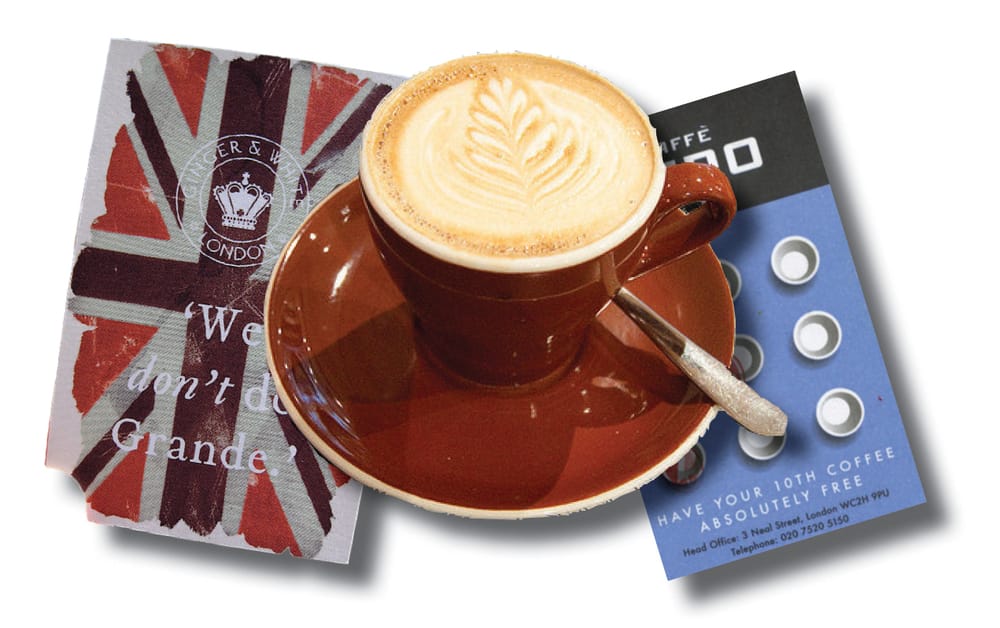
ortunately my predicament is shared by many the world over. Coffee is now the second most-traded commodity in the world (after crude oil) and 70 million cups are drunk in the UK every day. 57% of us now regularly drink in coffee shops, and trade, particularly amongst independents, is booming despite the recession. Books, blogs, articles and advice abound about where to find the best brew, and coffee is fast catching up with wine in terms of the snobbery of its aficionados.
In fact, coffee and wine share much in common, and it seems no coincidence that the root of the English word ‘coffee’ comes from an Arabic term, qahhwat al-bun, meaning ‘wine of the bean’. Like oenophiles, caffeine heads would claim that their beverage is an entire sensory experience: the warmth of the cup between the hands; the artistry in the collapsing hearts on the cap of the foam, the smell of the grind and its silky smoothness on the tongue, coupled with the rich kick of the coffee itself. Not to mention the conversations. I am convinced I have the best conversations when nursing a cup of coffee.
Two of the more famous coffee houses founded in the C17 eventually evolved into Lloyd's of London and the London Stock Exchange respectively
And like the vine, the bean has quite some background. The origins of the drink itself lie in Ethiopia – with mystics, goatherds or saints, depending on which version you believe – roughly around the turn of the thirteenth century. It was not until the middle of the fifteenth century that coffee drinking became a more regular practice, and the first coffee house would not open in Britain for another two hundred years.
But at this point, coffee got clout. By the turn of the century some 3,000 coffee houses could be found in London alone, where they became the hub of the energised debates on religion and politics that characterised the Enlightenment. In America the heavy tax on tea imposed by the British in 1773 led to the formation of the ‘Boston Tea Party’, with Americans switching from leaves to beans, and coffee becoming the symbolic drink of freedom. This may be the most grandiose demonstration of the link between coffee and liberty, but even today there is a whiff of rebellion and sophistication in the moment when an adolescent starts to spurn the PG in favour of the Nescafé.
White and black
If in the west the history of coffee is tied to egalitarianism and independence and is the domain of the prosperous middle-class, the connotations are distinctly less glorious elsewhere in the world. Coffee plantations have been responsible for large tracts of deforestation in countries such as Brazil, and its cultivation has often notoriously been at the expense of local people. Western tastes for coffee played a principal role in the transportation of roughly one million African slaves to Cuban plantations alone. And because coffee thrives in many equatorial countries with lush, volcanic landscapes, where livelihoods are often uncertain, the industry continues to be plagued with accusations of injustice.
Recent research suggests that coffee crops, such as wild Arabica, are particularly susceptible to climate change, so the hardship faced by many of the smallholders that the sector depends upon is likely to increase. A number of organisations are attempting to address this issue and offering consumers an opportunity to speak out with their wallet. The Fairtrade label, for instance, guarantees that farmers are paid at least enough to cover the costs of production, which provides some certainty in an extremely volatile market. CaféDirect – the business that supplies most of Imperial’s beans, no less – reinvests at least a third of its profits back into the communities and businesses that it partners and makes laudableefforts to address its environmental impacts.
Such efforts matter if we are to continue, like J. Alfred Prufrock, ‘[measuring] out [our lives] with coffee spoons’, and to avoid reverting to World War II substitutes like roasted chicory. An idea so alarming it might well trigger a coronary.
Terminology - or how to be a keen bean...
Cappuccino: one third each of espresso, steamed milk and froth, usually sprinkled with chocolate.
_Etymology _– derived from the name of the red-brown habits of the Capuchin friars.
Latte: espresso and steamed milk, traditionally served in a glass.
Etymology – classic hyperforeignism, as the word has no Italian roots: ask for a latte in Milan and you will get a cup of milk.
Flatwhite: not just a small latte! The change in proportions (more espresso to milk) tend to make this cousin punchier; milk is used from the bottom of the pitcher too, resulting in less froth and more silk.
Etymology – arguably our Antipodean neighbours’ greatest cultural contribution, the term was coined in Sydney in the 1980s and made it to Starbucks, London, in 2010.
Americano: espresso added to hot water, which creates a ‘crema’ or velvety brown surface. Distressingly often confused with filter coffee, but the preparation of an espresso extracts more flavour from a bean than does filtering; the flipside of this is the potential for acidity.
Etymology – a word developed in World War II to describe the drink made by American troops, who added hot water to their espressos.
Filter: brewed coffee (ideally single origin) filtered by gravity rather than force, often described by strength (e.g. mild, very strong), and even more often demeaned by baristas who leaving it sweating for hour upon hour.
Etymology – you are clearly under-caffeinated. Look at the description.
Macchiato: a small shot of thick milk foam into which has been poured an espresso or (the rebellious alternative) an espresso into which has been poured a small shot of thick milk foam.
Etymology – derived from the Italian meaning ‘stained’ or ‘marked’ (i.e. coffee stained with milk, or vice versa).
Within a bean’s throw of Imperial
Coffee shops closeto Imperial
BBB – Best Besides the Bean
Le Pain Quotidien, 15-17 Exhibition Road – more about the café than the coffee, this is a rustic emporium with genuine Belgian roots, but have no illusions that it is anything other than a chain: there are now 175 LPQs in 17 countries. It’s where your professors hang out to take a break from quantum physics. Free wifi, yellow lighting and expansive tables make it feel salon-esque (mais oui!) but a large cappuccino clocks in at £3.83 (mais non!). Coffee is served in bowls and can feel like it’s got drowned in the process. BBB: the lemon tart (£4)
Gail’sb, 45 Thurloe Street – like the Middleton hang-out next-door (Bouji’s), this is all that is upper-middle class, wholesome and masterfully untrendy in a cup. Cath Kidson likely buys her artisanal bread here. Americanoes / espressos (£1.90 for a double), made with Union blend, are good; anything milky tends to err on the side of blandness. Only outside seating at the South Ken branch. BBB: the carrot cake (£3.50)
Library Café, … err, the Library… – yes everything is infused with the smell of curry grease, and yes there’s no chance of “latte art” adorning your beverage, but Imperial’s unpretentious offering is considerably better than, say, the national leading chain, Costa, (shudder). What’s more, it’s manned by friendly staff, uses Fairtrade beans (see above) and clocks in at a very reasonable £1.37 for a small latte (student price). BBB: now we’re getting contentious… the chocolate muffin? (£1.09)
Fernandez & Wells, 8 Exhibition Road – the Spanish upstart, this branch only dared open its doors to the Parisians (and, more reluctantly, the students) of South Kensington at the turn of the year. All black framing, hunks of jamón and industrial lighting, this establishment is pitching itself as the (slightly) edgier alternative to its neighbours’ niceness, and the staff can be proportionately diffident. However, its small-and-expensive-(£2.30-for-an-espresso!)-but-perfectly-formed cuppas are probably the best in Imperial’s vicinity. Wholemilk only. BBB: pastel de nata (£2.00)
Pret A Manger, 15 Old Brompton Road – a reliable blend of affordability and quality, this is probably the best of the chains: the latte has punch and comes in at a neat £2.10 (with no surcharge for soya). All natural, all organic and more than a little self-righteous (the website has a well-being section, which includes nuggets such as “to feel alive and rejuvenated, take your shoes off and walk on dewy grass”; clearly the author has not witnessed the syringes in Victoria Park). However, you can no longer slam it for being part-owned by McDonalds, as the US chain sold its shares to a private equity house, Bridgepoint Capital, in 2008. BBB: the “Love Bar” (£1.50)
Starbucks, 19 Old Brompton Road – only if you have a pram and consider coffee a form of hot milkshake. BBB: the tax advisors.
A distant plantation
Coffee shops beyond South Kensington
ARTG – Another Reason To Go
Central: Prufrock 23-25 Leather Lane – unquestionably the best coffee in London, probably the world, with paper cups you’ll want as ornaments. ARTG – the John Soames Museum is but a short walk away
West: Lowry and Baker 339 Portobello Road – does “quirky posh” like the rest of Notting Hill (think mismatched crockery and heritage tomato salads), but makes it feel authentic. ARTG – Portobello Market, at your peril; the Electric Cinema, at your pleasure
South: Federation Coffee 77-78 Brixton Village Market – somehow serious but still funky, with excellent coffee. ARTG – the rest of Brixton Village Market
East: Nude Espresso 26 Hanbury Street – a micro-roastery capable of reviving you after a night in a micro-brewery. ARTG – the Sunday markets, including nearby Colombia Road Flower Market
North: Ginger & White – so British there’s a danger you’ll be sitting next to Nick Griffin, and worryingly describes itself as “child friendly”, but delicious nonetheless. ARTG – the Heath

